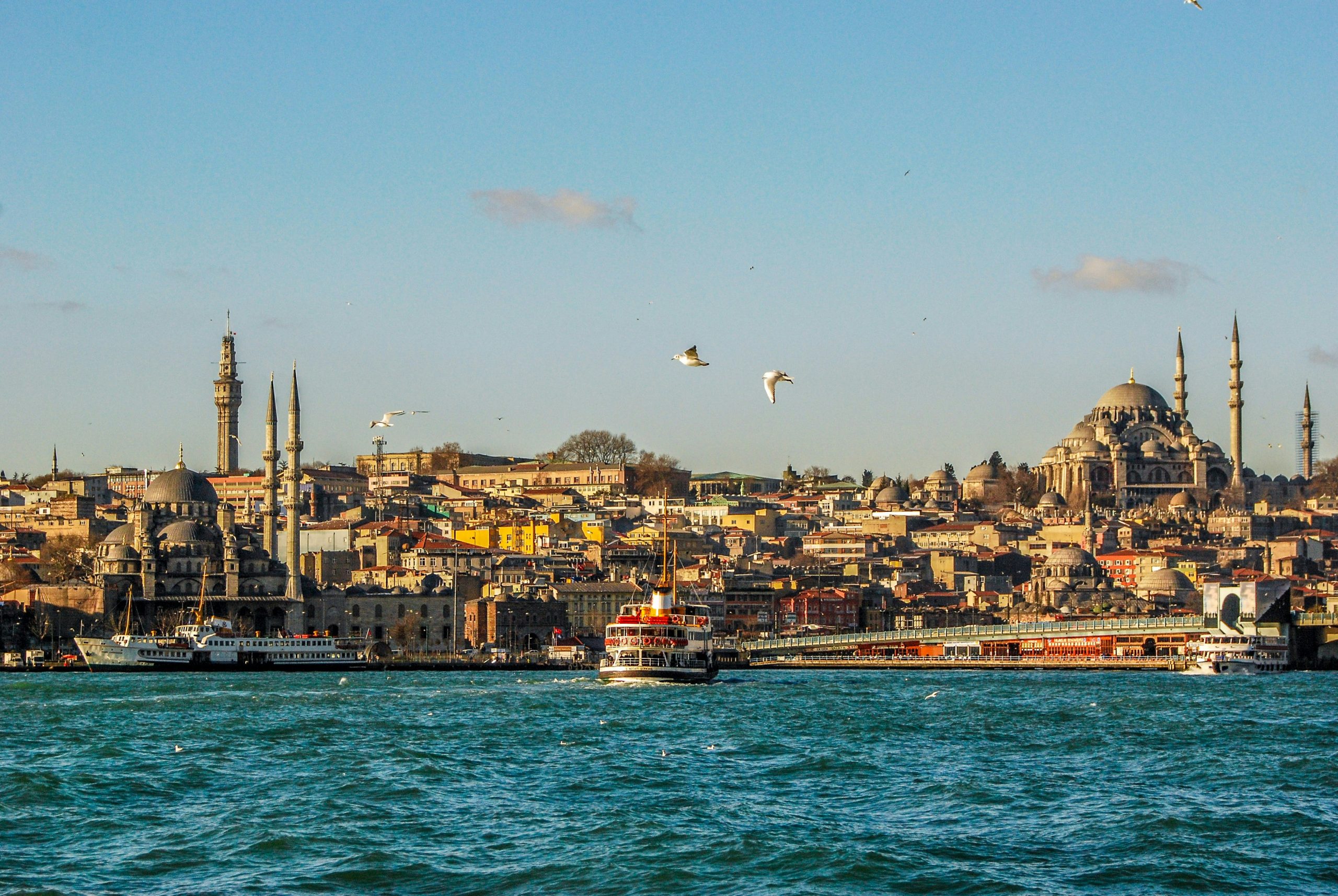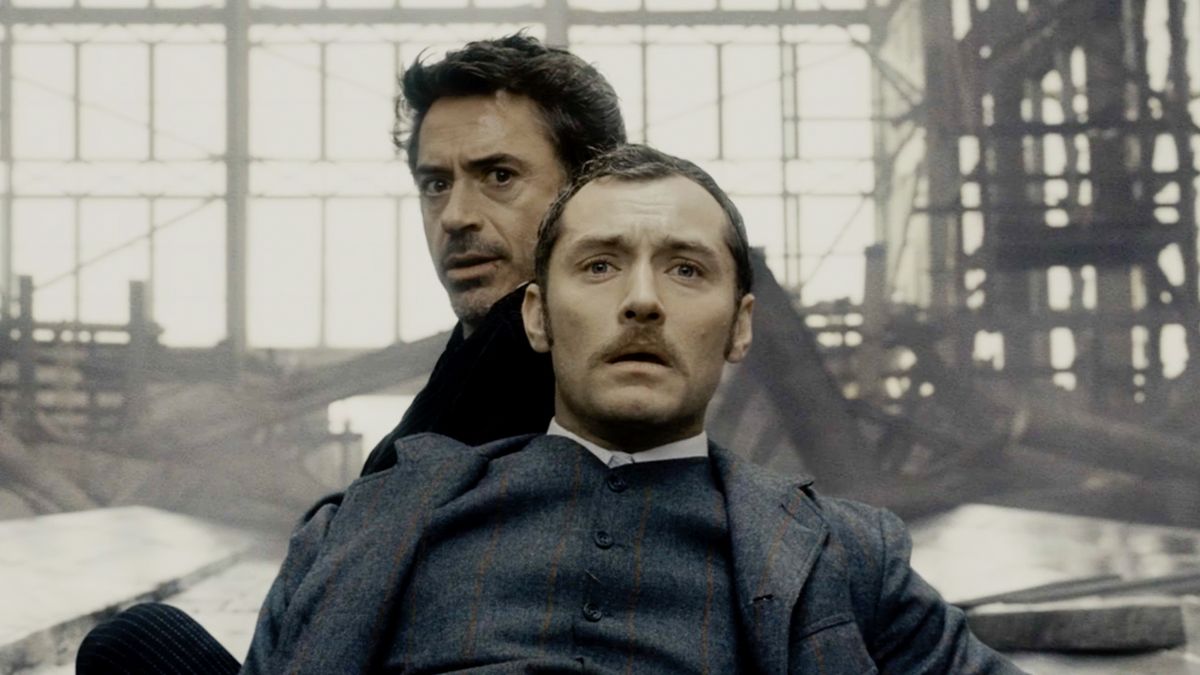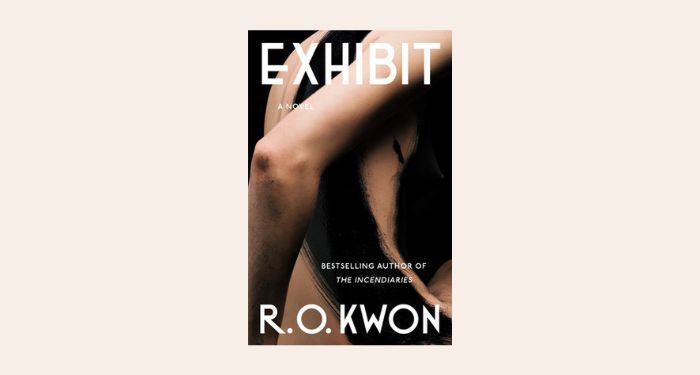Serkan Görkemli’s Sweet Tooth, a sweeping collection of connected stories about queer characters in Turkey, is his debut work of fiction—but he’s no newcomer to the subject matter. Aside from his own background growing up in a small, industrial town in northwestern Turkey, he’s been a scholar of queer life in Turkey for years. An English professor at the University of Connecticut, he wrote his first book about his research into online lesbian and gay activism in Turkey.
Görkemli’s deep contextual knowledge permeates every story in this new collection—but it’s far from an academic treatment. The stories remain loyally focused on the intimate lives of their characters, particularly our recurring protagonist, Gökhan. Through impressionistic, precise prose worthy of being called Chekhovian, Görkemli sketches moments of ordinary struggle and recognition as his characters find their footing in a changing Turkey.
In the titular story, Gökhan reflects: “How easy and difficult it is to be one thing on the inside and another on the outside.” Other recurring characters further illustrate this in-between way of being. From sweet Hasan with his webbed fingers to Rolex-wearing Cenk and his closeted mother, the book shuffles through many permutations of what one character describes as “simultaneously hiding and seeking.”
Despite balancing several perspectives, the chronologically arranged collection unfolds with natural cohesion. It’s worth approaching like a satisfying novel or well-balanced album—in order, from start to finish—to appreciate the progression of these characters’ journeys through time.
I was grateful to spend an afternoon chatting with Görkemli about queer advocacy in Turkey and the U.S., how vulnerability allows connection, and the hard choices his characters make while hiding and seeking.
Roohi Choudhry: I’m so intrigued by how you approach place in this book—the collection almost feels like a bittersweet love letter to a very specific Turkey. I’ve only explored Turkey more superficially, as a tourist, so I was really drawn to this specific place you take us. Why was this specificity of place important to you?
Serkan Görkemli: In Turkey, I’m sure you observed the intermingling and mixture of the West and the East, you know, the Western culture and the Muslim culture. And specifically, when it comes to LGBTQ identity, it’s one of the great examples of the East and the West sort of mixing together. Of course, the country had a queer past; same-sex contact has been practiced in the imperial context in Turkey for a long time. The contemporary names came later—maybe in the last 30-40 years—but queer people have always been around. When people have a conversation about a queer neighbor in one of my stories, they may disapprove, but they have names for it. That in itself shows that there have always been queer Turkish people, even though they may not have identified with the Euro-American LGBTQ identities. In the book, what I try to do is show that shift.
RC: Which shift are you specifically referring to?
Turkey had a queer past; same-sex contact has been practiced in the imperial context for a long time.
SG: I’m talking about the personal shift—how does a person come to call themselves as queer or gay or LGBTQ? That identity already exists in different parts of the world. But how does somebody come to be that in Turkey? How do you make that identity take root? How do you exist with that publicly, if you choose to? My characters are going through that struggle.
And it usually begins with family, right? Coming out to the family, whether the family is going to accept or not. If they don’t, what happens? So, I’m interested in that shift, and how that happens in a Turkish context.
RC: And in the book, there’s also a shift more broadly in the culture too, right? The book takes place over several decades. You could say that there’s a kind of evolution happening in Turkey over the course of the book in terms of queer life, but it’s not really that simple either, right? Because it’s not a linear process and you’re also showing the rise of conservatism there.
SG: The book’s time period is roughly my life so far—from the 1980s to the 2010s. But I’m also very aware of this time period in terms of LGBTQ rights in the U.S. context. I think we forget in this country that it took two generations for LGBTQ rights to happen. From 1950s all the way to early 2000s. What happens in Turkey doesn’t have to follow, but so far it seems to be following what happened in the U.S. The first LGBTQ advocacy organizations were established in Turkey in early 1990s, only in Istanbul and Ankara. But with the arrival of the Internet, and Turkey’s integration into the global economy, Euro-American representations arrived. And now we have such organizations all over the country. So, all these things are interconnected.
There’s the question of which way LGBTQ rights are going to go in Turkey. It doesn’t have to replicate what happened in the US, but the expectation seems to be the same. And I think the fears are the same, too. Remember before same-sex marriage was first legalized in Massachusetts, this country enacted the Defense of Marriage Act. There’s exactly the same fear in Turkey—that the conservatives will not give in to LGBTQ rights because they’re afraid that there’s going to be same-sex marriage.
Whether you are for it or against it, the mindset seems to be somewhat parallel in terms of the general trajectory. But of course, you know, it’s hard to predict which way it’s going to go in Turkey.
RC: In both places, there’s this coinciding acceptance and conservatism backlash. It’s pretty interesting how often social norms in the U.S. is more similar to Muslim countries than European countries.
As adults, we still think that there are certain ways to be, whether it’s about being married, being a citizen.
SG: Think about the backlash that happens, for example, when the AIDS crisis happened in the ’80s. And then think about the backlash happening right now, you know, as white supremacy and transphobia are through the roof at the moment.
RC: In the collection, is there an arc or bend that’s emerging over the decades? The collection does seem to have this optimistic trajectory in terms of queer acceptance.
SG: I think the generational knowledge of non-heterosexual identities—exposure to other queer people —is really important. So in my book, I show how parents who are not familiar with those things are unable to accept their children. When they meet a fellow parent who has a queer child, that’s the moment a lot of people accept or open up.
Again, this is something that happens in the US, too, right? 40% of homeless kids in the U.S. are LGBTQ. Why? The consequences of homophobia, including often because their parents disowned them. We can’t even claim that all parents are educated about these things in the U.S. This has to do with level of education and class, because exposure is determined by those things. Parental or generational lack of knowledge is maybe a wider gap in Turkey at the moment. Because allies are really important for LGBTQ people to be out and proud. And allyship is one of the themes in the book.
It’s really hard to generalize, but I would say on the whole, in the Turkish context, these are really sort of new issues. But you know, the nationalist discourse always aligns with heterosexuality, reproduction. Turkish nationalist history is kind of similar to any other, in the sense that heterosexuality is prioritized whether it’s bio-politics or moral values. The main difference is that homosexuality technically has never been illegal in Turkey. There are no colonial laws that it’s forbidden. It was illegal in the U.S., I think, related to the colonial context. Turkey doesn’t have hate crime laws or anti-discrimination laws because LGBTQ are not recognized as a minority. But the flip side of that is there’s no law that criminalizes it.
RC: You also pay so much attention to class and socioeconomics in this book— like the contrast between the working class Bağcılar and the fancy Etiler neighborhoods. I loved the detail that one neighborhood switches off their pop music for the call to prayer and the other doesn’t. Little details like that capture the distance these characters are traveling and code-switching between worlds. Why was that important to you to explore alongside queerness?
SG: All that begins with the intersectionality of our identities. Our gender and sexuality have a lot to do with other aspects of identity. And sometimes they are like blinkers. Other times, we see things that other people may not see. I was interested in some of the clashes of differences in those perspectives.
Some of the upper-class characters—they have financial opportunities to travel, to see different people. That provides them with many opportunities or at least some flexibility when it comes to strict mores of the Turkish society. Characters who are working class, like Gökhan, the main character—they tend to stay in the same context. Maybe they see LGBTQ identities on the media, but then, how to translate what you see into action in your daily life?
In the case of LGBTQ people, that almost always requires migration. In my book, too, the main character goes to Istanbul. Several characters move around in the country. It’s kind of similar in this country, in the U.S., geographical mobility is seen as the escape from the nuclear family so you can be who you want to be. Although of course, that is a utopian narrative, because you still have to figure out a roof over your head, livelihood and so on.
RC: Even your one really wealthy character, Cenk, migrates. He goes to a smaller town, right?
SG: In the case of that character, the circumstances were different. The tension and the conflict between a parent who is closeted and the child who wants to be out played out in a different way in that dynamic.
RC: That particular story—“Pride”—was fascinating. Because you’re showing this closeted parent. Earlier you were talking about parental education being a big part of everything evolving—this story is quite a different take on that. This parent does have that information. So I wonder, what do you think about her? Is it fear that she’s coming from?
SG: I think there’s a bit of an irony with that character, but we have to remember, she’s an older generation. The idea of being out and proud is really scary and foreign to her in some ways. In that character, I was trying to show an older, queer person who might be exposed haphazardly to some current knowledge, or language, or identities—but in many ways, she does not really identify with those. And she still thinks about those identities in kind of like an old-fashioned way, some of it perhaps internalized homophobia.
But the other part of it is not wanting to let go of the privilege. Because this is a woman who is in control. Who is basically the matriarch. For her to come out publicly as lesbian is giving up that power in the Turkish context. She has a lot to lose. But I also sympathize a lot with that character, because she seems to have established some sort of a status quo, where she could at least be happy as much as possible in that environment. I personally understand all the choices she makes, because it is a matter of survival.
RC: One of my favorite lines in the book was in the story “Vulcan”—“we continued playing saklambaç, simultaneously hiding and seeking.” Once I saw that line, I began seeing all these stories through that lens. In so many of the conversations, the characters are hiding something about themselves and also suss-ing each other out. Not only in terms of sexuality. But also, are you going to be an ally to me? Are you going to be an enemy to me? That simultaneous hiding and also seeking out is so constant. Like in “Runway,” the stolen looks between Hasan and the models. Or Cenk and Nazlı “straightening up” in the mirror before they meet. Was this something you were consciously thinking about as a theme?
SG: Yeah, definitely. One part of it is coming out. The word “coming out” means different things, right? Coming out is a repeated act, it never ends. I tell this to my students—unless I’m walking around with “gay” written on my forehead, there are many places and environments where there’s always a question of whether you tell people you’re gay or not, whether it’s important to say that or not. There’s no end to it, as long as people assume that everybody is heterosexual or should be heterosexual.
But in the case of the younger characters, I think, hide and seek is literally about the danger, first and foremost—will the people who love you stop loving you? Will you be disowned? Those are the first questions when someone is coming out. And then after that, in the case of the Hasan character, he runs away, he has to take care of himself. Hide and seek happens because there’s a lot at stake for them, from emotional hurt to other traumas.
But you know, when you get to the story “Runway.” At that point, I think Hasan is in his thirties, the perspective is a little different. At that point, it’s more: how do we live as adults? Maybe the distance between how adults think they should act and live versus what they might feel deep down. Like, what are the public appearances we have, versus the internal conflicts?
So I guess vulnerability is a theme. As adults, we still think that there are certain ways to be, whether it’s about being married, being a citizen. The hide and seek is sort of the vulnerability that emerges between what we think we should do, ideally, versus what we are really feeling. Being open about that is essentially being vulnerable. I don’t think that many people or, I personally am able to do that with everybody. In the case of some characters, it is only an internal conversation.
RC: Like Nazlı, I guess. Even her son doesn’t seem to know about her queerness.
Coming out is a repeated act. There’s no end to it, as long as people assume that everybody is heterosexual or should be heterosexual.
SG: I mean, Nazlı is the result of the struggles that she had to fight. But the tragedy of that is: even though they are so close as mother and child, this tears them apart. And the alienation that results is the tragedy of that.
RC: So then, this hide and seek, on the emotional level of your book, is preventing real connection and real joy between these characters. Even if it’s necessary.
SG: Yes, I think so. Because, going back to coming out, the narrative is that you come out, you’re authentic and live happily ever after. But that’s just the utopian narrative. Sometimes the response is outright rejection. But other times, it’s not 100% acceptance, either. It is acceptance with conditions. The outcomes are not necessarily that rosy. There are still emotional complications, interpersonal complications.
So acceptance and love sort of turn out to be conditional. That also becomes fertile ground for hide and seek. Because if you know that somebody is disapproving, for whatever reason, then inevitably, you start censoring aspects of yourself. And then eventually you realize that you can’t be who you are fully with that person. And that in itself starts creating a distance.
RC: So then there are all these fissures between people and in relationships. And of course, in this book, it is specifically around queerness. But I think there are many other fissures that the book is hinting at, too, that are preventing unconditional love. In a way, that’s a central sadness of the book. Though it is optimistic, too.
SG: In that last story, there’s an actual documentary that I reference —My Child, by Can Candan— about this organization, the Families of LGBTQ in Istanbul (LISTAG). It is basically about parents’ process of coming out as a parent of an LGBTQ person. As they met other straight parents with queer kids, that’s how they sort of came to accept themselves and their kids and not blame themselves for their kids’ queerness.
In the story, Gökhan talks about the documentary and says it took one parent 10 years to actually be comfortable and tell other people that their kid is queer. So, this is a perfect example of the emotional upheavals and complications that happen, even in the case of parents who might be today fully accepting. But how many people actually had that journey? Hopefully, some people are able—sooner— to take that journey, but there also are many more people who are not able to. One of the main characters in this closing story does eventually take action in the right direction. His journey at the end of the book shows that it’s possible to do the right thing.








